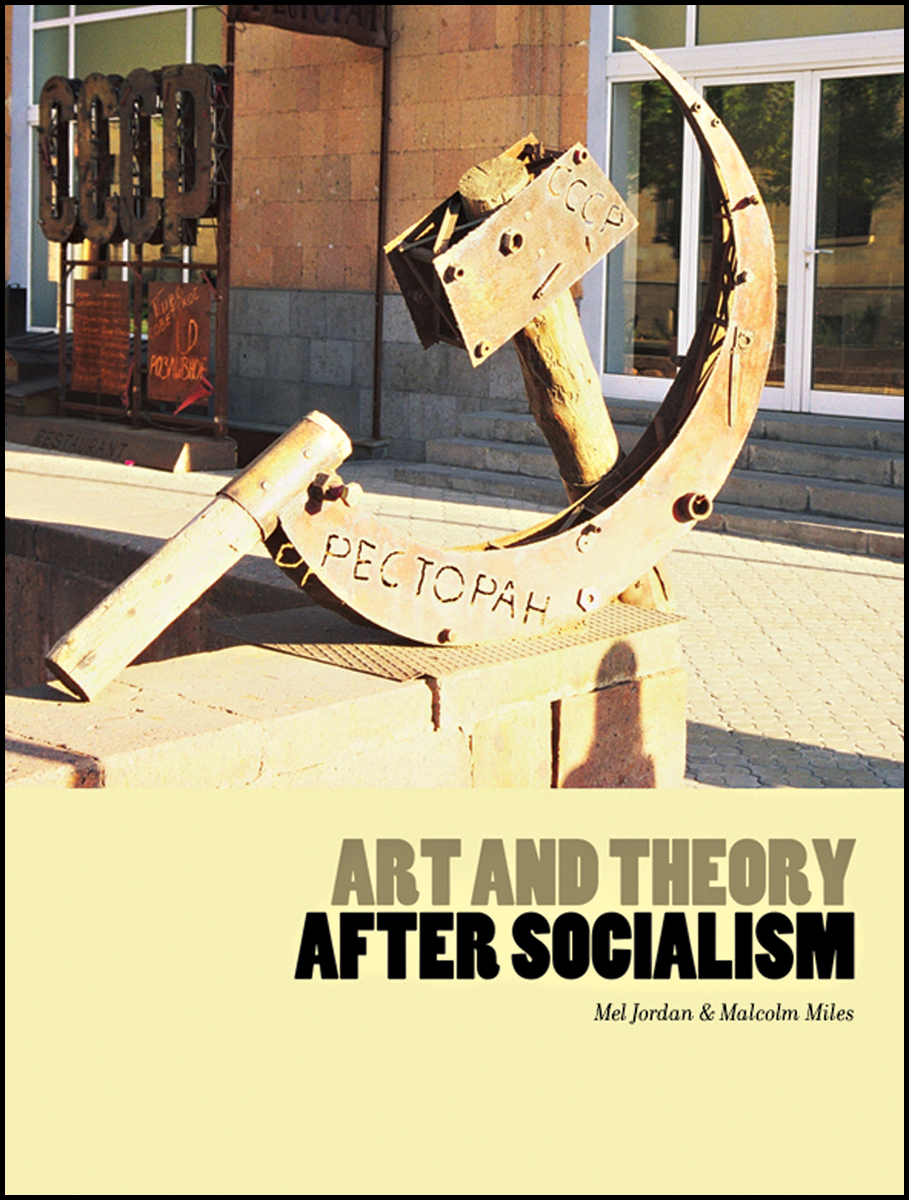Browse Books
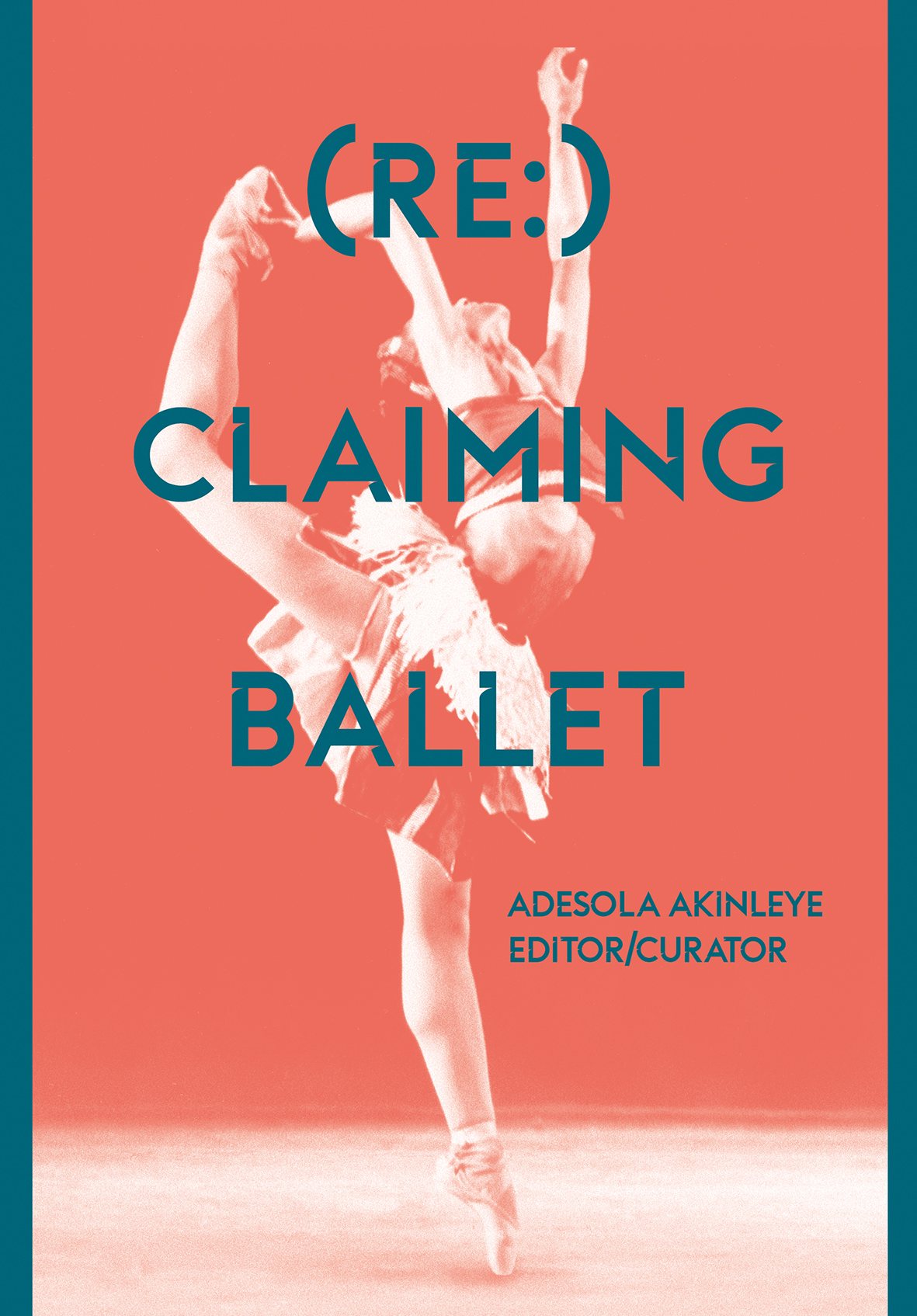
(Re:) Claiming Ballet
The collection of essays demonstrates that ballet is not a single White Western dance form but has been shaped by a range of other cultures. In so doing the authors open a conversation and contribute to the discourse beyond the vantage point of mainstream to look at such issues as homosexuality and race. And to demonstrate that ballet’s denial of the first and exclusion of the second needs rethinking.
This is an important contribution to dance scholarship. The contributors include professional ballet dancers and teachers choreographers and dance scholars in the UK Europe and the USA to give a three dimensional overview of the field of ballet beyond the traditional mainstream.
It sets out to acknowledge the alternative and parallel influences that have shaped the culture of ballet and demonstrates they are alive kicking and have a rich history. Ballet is complex and encompasses individuals and communities often invisiblized but who have contributed to the diaspora of ballet in the twenty-first century. It will initiate conversations and contribute to discourses about the panorama of ballet beyond the narrow vantage point of the mainstream – White patriarchal Eurocentric heterosexual constructs of gender race and class.
This book is certain to be a much-valued resource within the field of ballet studies as well as an important contribution to dance scholarship more broadly. It has an original focus and brings together issues more commonly addressed only in journals where issues of race are frequently discussed.
The primary market will be academic. It will appeal to academics researchers scholars and students working and studying in dance theatre and performance arts and cultural studies. It will also be of interest to dance professionals and practitioners.
Academics and students interested in the intersection of gender race and dance may also find it interesting.

6+1 Proposals for Journalism
In 2003 Bowman and Willis wrote that “journalism is in the process of redefining itself adjusting to the disruptive forces surrounding it”. Almost two decades later the discussion about journalism and its future has not shifted as much as one would have expected. Between then and now there have been massive changes in the media landscape and great technological developments – financial crises and the emergence of social media platforms to name a few examples. It could be argued that we still share the same concerns.
This book is essentially a dialogue – each chapter contributes to this dialogue by highlighting the crisis elements and by pointing to direct proposals. The idea for the present volume emerged through a respective conference – the proposals presented in this book are the direct result of the Advanced Media Institute’s Conference in Thessaloniki Greece entitled “Media Polis Agora: Journalism & Communication in the Digital Era” (AMIRetreat2018) held in September 2018. The outcome of the intensive and fruitful collaboration between academics and media professionals was the identification of seven key areas that pose obstacles to journalism’s progression but also indicate the steps we need to take to safeguard and enhance journalism. These areas vary from the current employment conditions and the dominance of “web giants” over crowdfunding the closer collaboration of professionals and academia the need to advance our media literacy efforts and of course elements of media regulation (as for example the institution of “Media Ombudsman”).
The starting point for the book is the Greek context. However the book goes beyond Greece alone. In this context Greece is regarded as part of an international journalistic context that resides within to the crisis narrative the new opportunities and the proposed solutions. Greece offers an interesting point of departure not only because the financial crisis was/is evidently interlinked to the journalistic one but also because the manifestations of this crisis were/are substantial and widespread across various societal layers. Therefore it arguably serves as an example that indicates tendencies in other countries.
The book is structured into 7 proposals and each proposal includes two parts: one that discusses the topic through the “Greek prism” and one that provides a perspective of the topic as exemplified by another European country. Each proposal also puts forward two perspectives: an academic perspective and a professional perspective. In this way the proposals bring two country contexts into dialogue through authors that approach each topic from different angles.
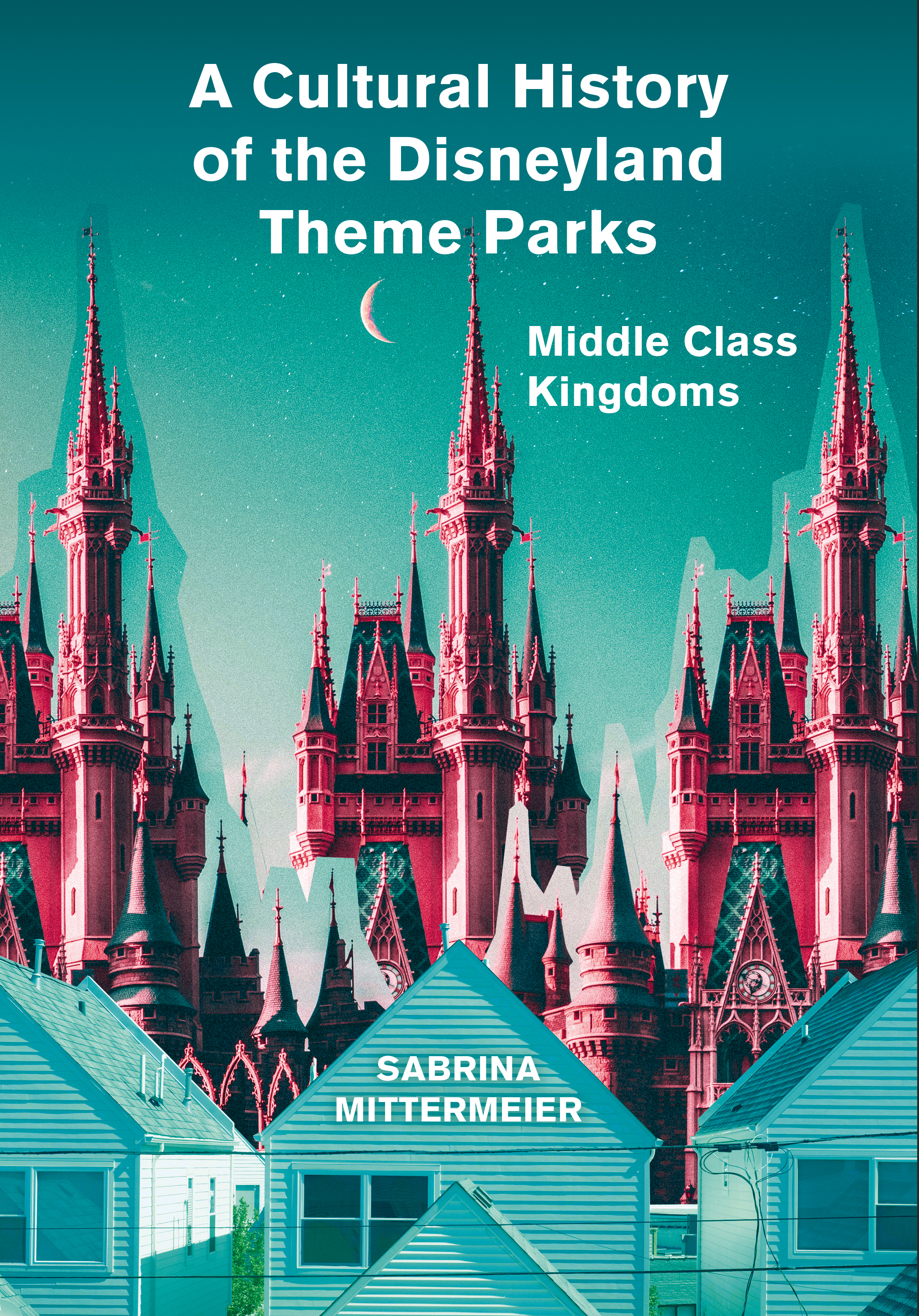
A Cultural History of the Disneyland Theme Parks
When the first Disneyland opened its doors in 1955 it reinvented the American amusement park and transformed the travel tourism and entertainment industries forever. Now a global vacation empire the original park in Anaheim California has been joined by massive complexes in Florida Tokyo Paris Hong Kong and Shanghai.
Spanning six decades three continents and five distinct cultures Sabrina Mittermeier presents an interdisciplinary examination of the parks situating them in their proper historical context and exploring the distinct cultural social and economic landscapes that defined each one at the time of its construction. She then spotlights the central role of class in the subsequent success or failure of each venture.
The first comparative study of the Disney theme parks this book closes a significant gap in existing research and is an important new contribution to the field providing the first discussion of the Disney parks and what they reveal about the cultures they are set in. There has been a lack of focus on cross- and trans-cultural analyses of theme parks generally and Disney theme parks specifically until now.
It is also particularly interesting – and will be welcomed for it – for the non-United States context of the study. This is a thorough examination of all of the existing Disney Parks and how they function within their respective cultures. While Disney themes and characters attempt to be universal the author does a good job of arguing for where this is not possible and how glocalization is crucial to the parks’ successes.
The writing is academic but it is not inaccessible. It will have wide disciplinary appeal within academia as tourism studies cross into a variety of fields including history American studies fandom studies performance studies and cultural studies.
It will be invaluable to those working in the field of theme park scholarship and the study of Disney theme parks theme parks in general and related areas like world’s expositions and spaces of the consumer and lifestyle worlds.
It will also be of interest to Disney fans those who have visited any of the parks or are interested to know more about the parks and their cultural situation and context.
Dr. Sabrina Mittermeier and Dr. Tracey Mollett discuss the cultural histories of Disney's theme parks and fairy tales:
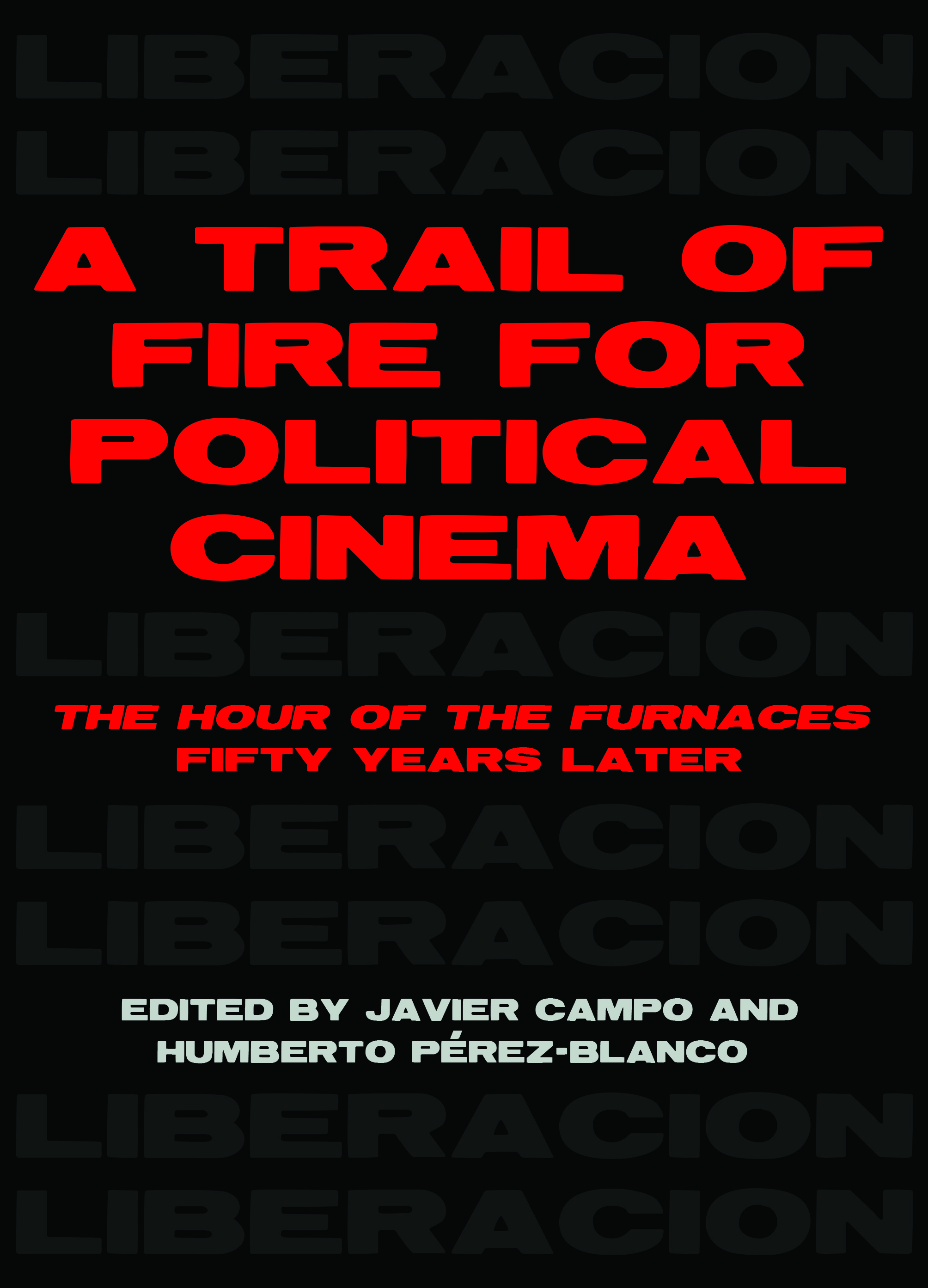
A Trail of Fire for Political Cinema

Across the Art/Life Divide
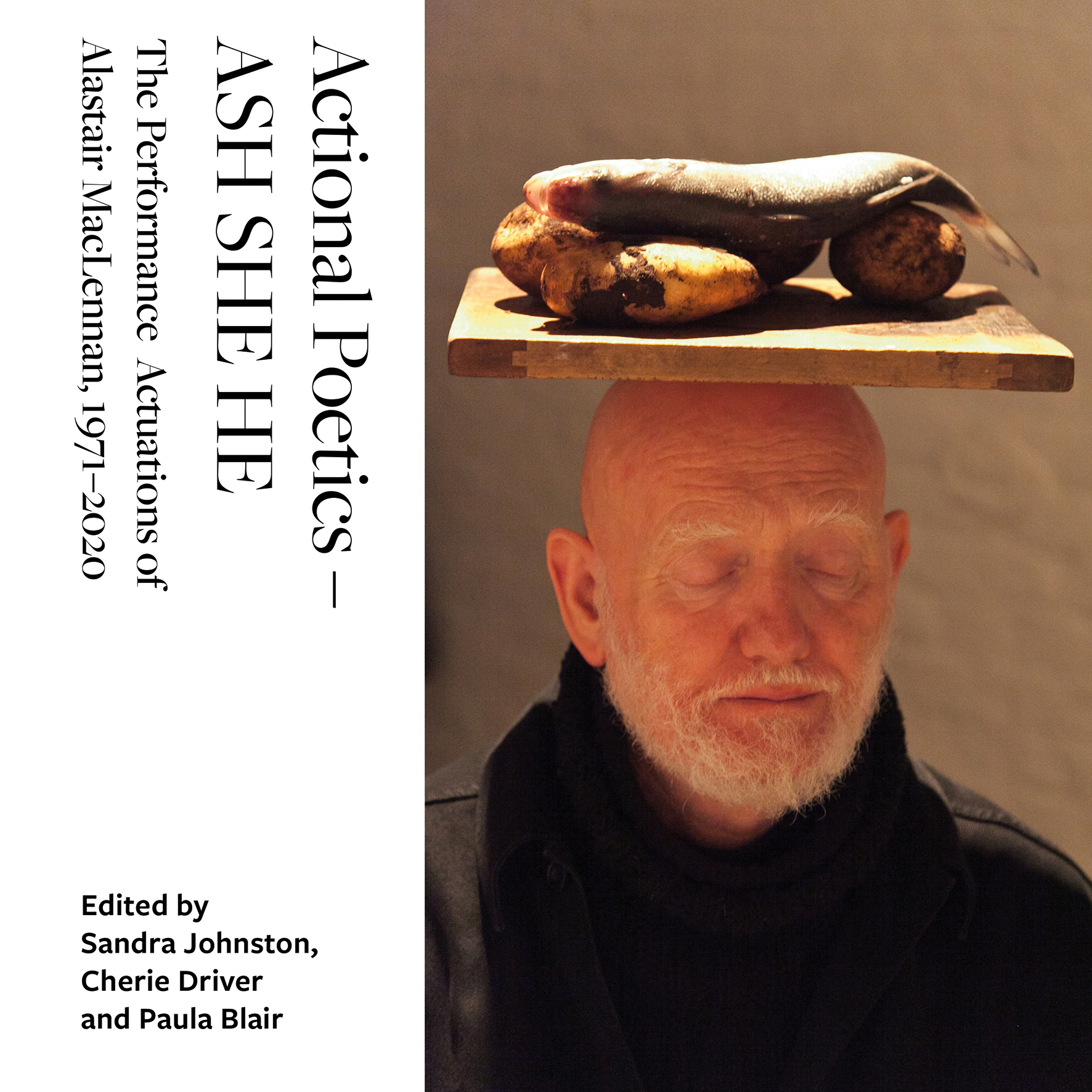
Actional Poetics – ASH SHE HE
A retrospective monograph of Alistair MacLennan’s performance art practice its influence on the Belfast art scene and its relationships with wider art histories. This new book is the most comprehensive and complete legacy monograph about Alastair MacLennan’s extensive performance practice
Alastair MacLennan is emeritus professor of fine art School of Art and Design Ulster University in Belfast. He is one of Britain’s major practitioners in live art and travels extensively in Eastern and Western Europe also America and Canada presenting ‘Actuations’ (his term for performance/installations). MacLennan is a founding member of Belfast's Art and Research Exchange of Belfast's Bbeyond performance collective and is a member of the performance art entity Black Market International. He has represented Ireland at the Venice Biennale (1997) and is an honorary associate of the National Review of Live Art Glasgow Scotland.
There is a wide variety of approach in the essays ranging from descriptive to interpretive. Some set the work in historical context and others provide pertinent biography. This variety is appropriate – and perhaps even necessary – in looking at the work of a living artist whose work is particularly complex. The selection of essays presents a complex body of work in an understandable way with each writer allowed to address the art in their own terms. Placing the work in historical context is important but presenting MacLennan as an influential teacher is also important.
Includes a significant contribution from Adrian Heathfield (professor of performance and visual culture at Roehampton UK) who has written an extended essay on MacLennan’s oeuvre focusing on its use of materials and its creation of sculptural environments. Discussing the artist’s deployment of slow-time action and contemplative space Heathfield sees MacLennan’s work as activating sustained contact with the elemental and locates MacLennan’s work as a significant intervention in performance art history globally and discusses the politics of its engagement with local history violence social conflict and memory.
The primary readership will be academics researchers and scholars working in performance art and contemporary art in general. Also valuable to students in performance art visual arts and related practices.
Of relevance to academics and artists in the interrelated fields of performance art art and philosophy critical theory conflict studies and Zen philosophy.

Acts of Dramaturgy
A case study of one specific substantial three-part project inspired by the work of William Shakespeare. Three interconnected performances that interrogate roles in the theatre-making process along with essays that contextualize the themes and approaches of the work serve as provocations for the acts of dramaturgy the work entailed juxtapose new writing and performance writing and problematize the notion of playtexts.
Taking as their starting point a stage direction or a moment in the narrative that is not the main focus the playtexts recontextualize deconstruct and disorientate the classic text within a landscape that is more polarized free from the text and inherently and explicitly aware of its own theatricality. The work negotiates the ever-shifting relationship between the text and its performance the performers and their audience whilst acknowledging that Shakespeare often employed a play-within-a-play as a device what we now call a meta-theatrical mode of representation.
The three playtexts are The Beginning an interpretation of A Midsummer Night’s Dream The Middle a deconstruction of Hamlet and The End triggered by a stage direction from The Winter’s Tale. Shown together as The Trilogy each play asks the audience to enter a world where a performance can be a rehearsal text can be both script and set … and they are always aware of where the fire exits are. The playtexts are presented with essays from a range of contributors that reflect on their poetics themes and concerns in relation to dramaturgy.
Brings together scholarship and creative work places them in dialogue with each other and does so from a wide range of perspectives: from those involved in the process those in the margins of that process and those encountering the works without having been part of that process. The particular strengths of this challenging but accessible book are in the ways it places these perspectives in conversation with and through dramaturgy and contributes a dialogue about making and reflecting text and performance.
A rich and thought-provoking text that has the potential to move the dialogue on dramaturgy forward both among practitioners and academics. It is a fresh intellectually invigorating read; the change of perspective and the playful structure that brings a recognisable five-act dramatic structure and academic elaboration together keeps readers focused and guides them through the book. Very conscious of its own unorthodox format – a combination of script and reflection by a variety of voices – which is certainly part of the freshness of the book and part of its appeal.
Primary readership will be among practitioners academics and researchers in the field of dramaturgy teaching devising writing for performance and non-linear narrative; performance students making or reflecting on their own devised performance work; postgraduate students who are engaged in making practice as research.
Also of relevance and interest to makers and scholars of theatre and performance alongside those interested in creative critical writing; to those interested in how we make and reflect on theatre and performance; those interested in contemporary dramaturgy and embedded criticism; and those studying theatre and performance and interdisciplinary practice research.
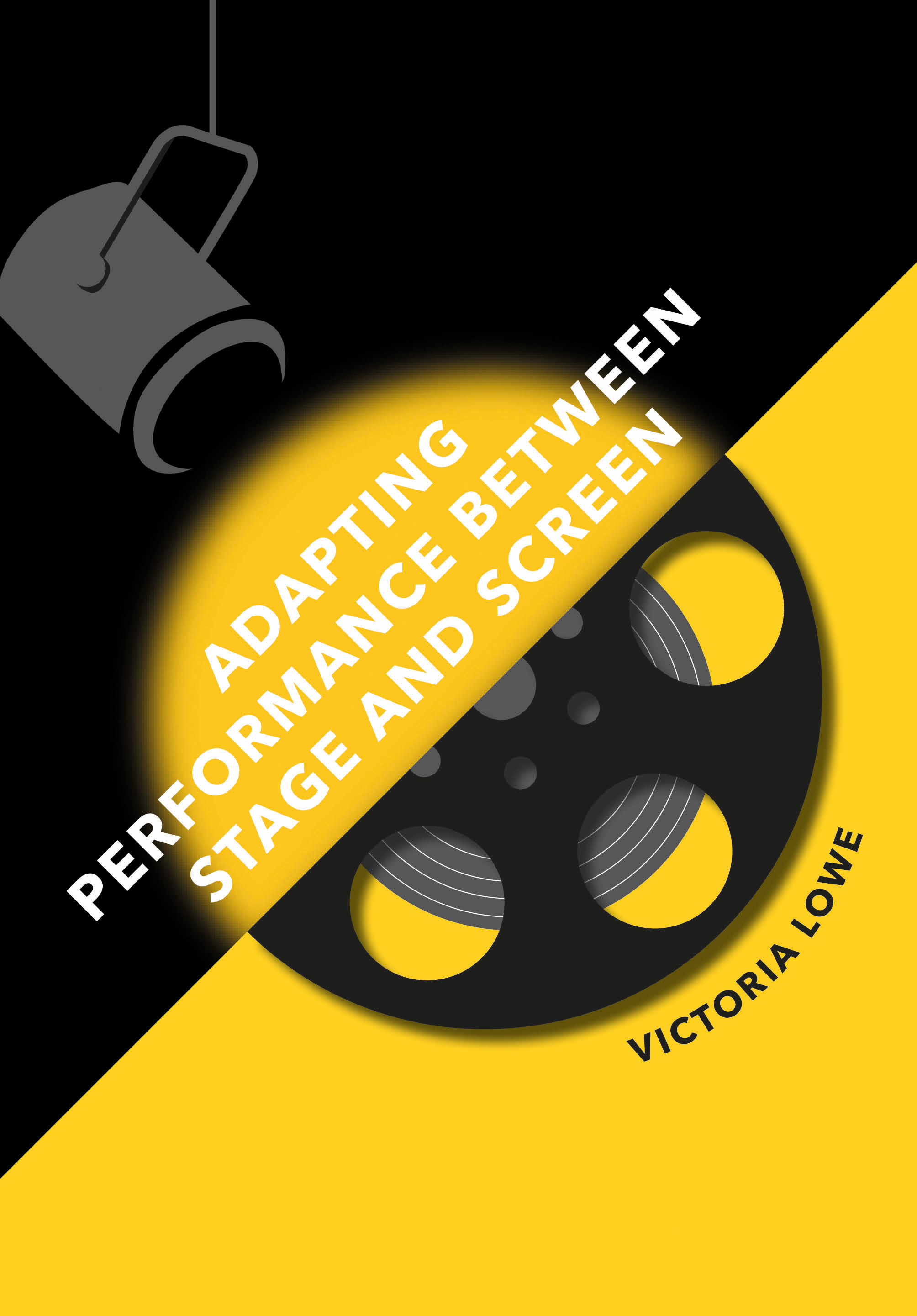
Adapting Performance Between Stage and Screen
The book offers an introduction to adaptations between stage and screen examining stage and screen works as texts but also as performances and cultural events. Case studies of distinct periods in British film and theatre history are used to illustrate the principle that adaptations can't be divorced from the historical and cultural moment in which they are produced and to look at issues around theatrical naturalism and cinematic realism.
Written in a refreshingly accessible style it offers an original analysis with emphasis on performance and event. It opens up new avenues of exploration to include non-literary issues such as the treatment of space and place mise en scène acting styles and star personas. The recent growth of digital theatre is examined to foreground the 'events' of theatre and cinema with phenomena such as NT Live analysed for the different ways that 'liveness' is adapted.
Adapting Performance Between Stage and Screen explores how cultural values can be articulated in the act of translating between mediums. The book takes as its subject the interaction between film and theatre and argues that rather than emphasising differences between the two mediums the emphasis should be placed on elements that they share in particular the emphasis on performance and the participation in an event. It uses a number of case studies to show how this relationship is affected by changes in technology – the coming of film sound the invention of live-casting – and in the nature of the event being offered to particular audiences. These examples ranging from the well-known to the obscure are all treated with relevant and knowledgeable analysis and a strong and appropriate sense of context.
The book offers a welcome overview of previous work in this area and demonstrates the importance of basing analysis on historical context as well as giving new insights into some familiar examples. Discussion ranges from Steven Spielberg and Alfred Hitchcock to Robert Lepage and Ivo van Hove. There are detailed analyses of Alfie Gone Too Far and Festen as well as authoritative analyses of NT Live performances and British New Wave cinema.
The book will be of primary interest to academics researchers teachers and students working in adaptation studies film studies and theatre studies. Written in an accessible style it will appeal to teachers and students on A-level undergraduate and postgraduate film theatre media and cultural studies courses. The chapter on digital theatres will add to the growing body of literature in this area and appeal to students and academics working on digital cultures and new media.
Live screenings of theatre events are becoming more widely available and increasingly popular including some of the productions discussed. There is potential interest for a general audience interested in British films theatre and actors.
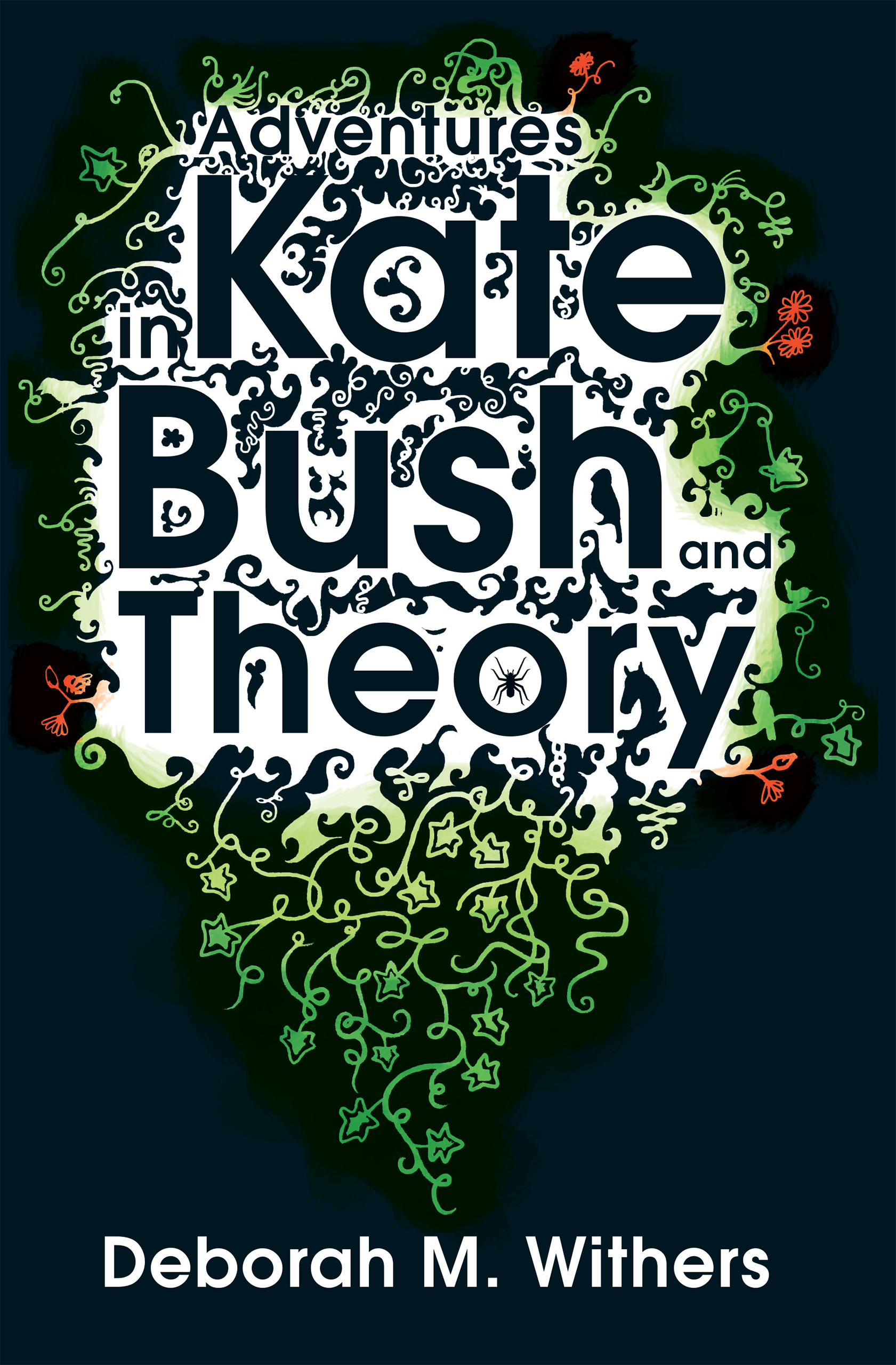
Adventures in Kate Bush and Theory
Adventures in Kate Bush and Theory presents Kate Bush as you have never seen her before. Encounter the polymorphously perverse Kate the witchy Kate the queer Kate; the Kate who moves beyond the mime.
Through in-depth readings of the often critically neglected works of Bush’s career (The Kick Inside Lionheart The Dreaming The Red Shoes and her film The Line the Cross and the Curve) Withers guides the reader through the complexity of Bush’s art and how it transformed popular culture.
Not just another book about Kate Bush.
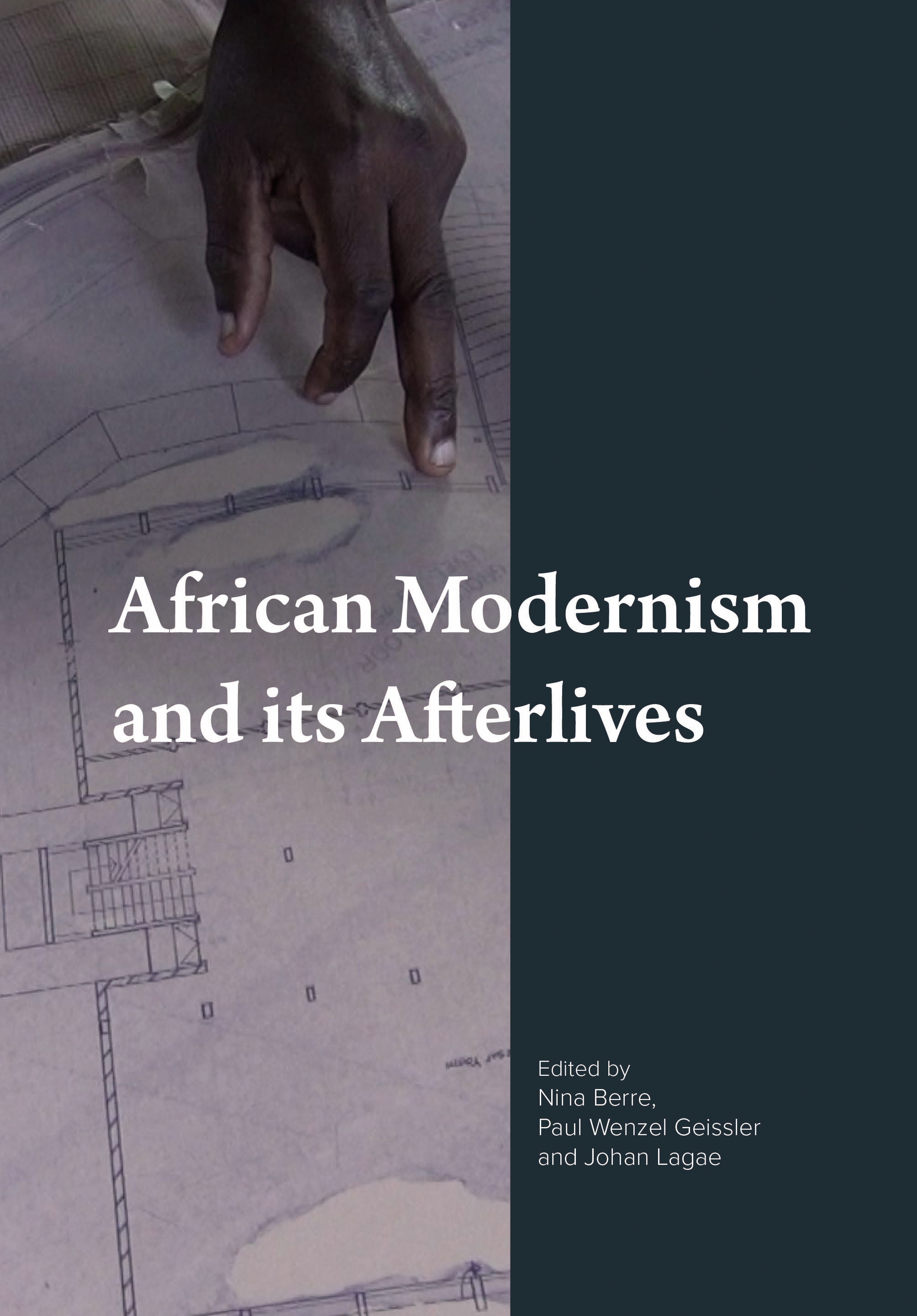
African Modernism and Its Afterlives
This new book is an edited volume of essays that examine the legacy of architecture in a number of African countries soon after independence. It has its origins in an exhibition and symposium that focused on architecture as an element in Nordic countries’ aid packages to newly independent states but the expanded breadth of the essays includes work on other countries and architects. Drawing on ethnography archival research and careful observations of buildings remains and people the case studies seek to connect the colonial and postcolonial origins of modernist architecture the historical processes they underwent and present use and habitation.
It results from the 2015 seminar and exhibition Forms of Freedom at the National Museum of Art Architecture and Design in Oslo Norway. The exhibition showed how modern Scandinavian architecture became an essential component of foreign aid to East Africa in the period 1960–80 and how the ideals of the Nordic welfare system found expression in a number of construction projects. The seminar which built upon the exhibition as well as on a previous collaboration on the legacies of modernism in Africa between the Department of Anthropology of the University of Oslo and the Department of Architecture and Urban Planning from Ghent University broadened the geographic scope of the discussion beyond the Scandinavian context and set the ground for bringing together the disciplines of architectural history and social anthropology.
Primary readership will be among architects and architectural historians and graduate level architecture and urban studies students for whom it will be valuable course material as well as those in fields such as African studies and anthropology. It may also be of interest to those working or researching in public policy and political history.

Agency
Notoriously difficult to define as a genre Live Art is commonly positioned as a challenge to received artistic social and political categories: not theatre not dance not visual art... and often wilfully anti-mainstream and anti-establishment. But as it has become an increasingly prevalent category in international festivals major art galleries diverse publications and higher education streams it is time for a reassessment.
This collection of essays conversations provocations and archival images takes the twentieth anniversary of the founding of one of the sector’s most committed champions the Live Art Development Agency (LADA) in London as an opportunity to consider not only what Live Art has been against but also what it has been for. Rather than defining the practices in oppositional terms – what they might be seeking to critique reject or disrupt – this collection reframes these practices in terms of the relations and commitments they might be used to model or advocate. What kinds of care and recovery do they enable? What do they connect as well as reject? What do they make possible as they test the impossible? What ideas of success do they stand for as they risk failure? In this way the central theme of the collection and to which all contributors were invited to respond is the idea of agency: the capacity for new kinds of thoughts actions and energies as enacted by individual artists and groups. It seems appropriate that this question would be considered in relation to the history of one particular ‘agency’: LADA itself.
These questions are explored in a unique conversational format bringing together a diverse range of emerging and established practitioners curators and leading figures in the field each paired with another practitioner for a live conversation that has been sensitively edited for the page. Curated within a structure of five overlapping themes – Bodies Spaces Institutions Communities and Actions – this format produces unexpected insights and accounts of the development of the field. Each theme also contains two provocative essays by leading scholars thinkers and makers exploring the conceptual frames in more detail. The result is a collection that is as heterogeneous ambitious contradictory and inspiring as the field of Live Art itself.
Contributors: Aaron Williamson Adrian Heathfield Alan Read Alastair MacLennan Alexandrina Hemsley Amelia Jones Andrew Mottershead Andy Field Anne Bean Barby Asante Bryan Biggs Cassils Catherine Wood David A. Bailey Dominic Johnson Gary Anderson George Chakravarthi Guillermo Gómez-Peña Hayley Newman Heike Roms Helen Paris James Leadbitter Jamila Johnson-Small Jane Trowell Jen Harvie Johanna Tuukkanen John Jordan John McGrath Jordan McKenzie Joshua Sofaer Katherine Araniello Kira O'Reilly Lena Šimić Leslie Hill Lois Keidan Lois Weaver Manuel Vason Martin O'Brien Mary Paterson Rajni Shah Rebecca French Richard Dedomenici Ron Athey RoseLee Goldberg Selina Thompson Simon Casson and Tim Etchells.
Co-published with Live Art Development Agency.
Winner of the 2021 TaPRA Edited Collection Prize

American Presidents and Oliver Stone
Perhaps no current filmmaker has made more provocative films about American history than Oliver Stone. In this book Carl Freedman gives a detailed and nuanced account of the presidencies of John F. Kennedy Richard Nixon and George W. Bush as fictionalized in Stone’s biographical films JFK Nixon and W.
Offering detailed historical perspectives alongside careful aesthetic criticism Freedman explores how Stone uses melodrama tragedy and farce to transform politics into national mythology. Synthesizing film criticism with political and historical analysis the book transcends the limitations of formalism and empiricism reflecting on both Stone’s achievements as a filmmaker and American politics of the past sixty years.
Oliver Stone’s importance among filmmakers as the major chronicler of recent US history is the starting point for the analysis of his three ‘presidential’ films: JFK Nixon and W. While not claiming equal artistic merit for Stone’s films Freedman makes some comparison with Shakespeare’s history plays and draws on T.S. Eliot’s notion of ‘essential history’ to transcend the barren dichotomy of formalism versus empiricism – that is treating historical fiction as either only pure fiction with nothing to say about real history or judging it as non-fiction by the extent to which it adheres to superficial historical detail. Instead the focus is on the capacity of Stone’s films to illuminate the structural workings of history contemporary and general.
Freedman is thoroughly familiar with his subject and his meticulous attention to historical accuracy and critical attention to the films is impeccable. This book has a powerfully original focus and makes a significant contribution to the field through offering these detailed historical perspectives alongside much more careful aesthetic criticism of the films. It has the potential to become not only a great source on its subject but a model of how to approach historical fiction in general.
This is an academic study but is written in such an accessible style that it will have genuine appeal to the general reader – to anyone with an interest in cinema politics and recent history. Wide-ranging accessible and highly original American Presidents combines erudition and complex analysis with jargon-free writing and is sure to engage anyone interested in the intersection of American politics and cinema.
The academic readership will be among humanities scholars and students of film popular culture media politics political history and modern history. It will be highly relevant to undergraduate and postgraduate students studying film or modern American history and culture.

An Introduction to the Phenomenology of Performance Art
This original and unique new book takes an integrated approach to interrogating the experience and location of the self/s within the context of performance art practice. In its framing and execution of practical exercises and focused snapshots of internationally recognized performance practice Bacon situates their argument within the boundaries of specialism in the critical curation of performance art praxis as well as contemporary phenomenological scholarship.
Introducing the study and application of performance art through phenomenology for radical artists educators and practitioner-researchers; this exciting new book invites readers to take part explore contemporary performance art and activate their own practices.
Applying a queer phenomenology to unpack the importance of a multiplicity of Self/s the book guides readers to be academically rigorous when capturing embodied experiences featuring exercises to activate their practices and clear introductory definitions to key phenomenological terms. Includes interviews and insights from some of the best examples of transgressive performance art practice of this century help to help unpack the application of phenomenology as Bacon calls for a queer reimagining of Heidegger’s ‘The Origin of the Work of Art.’
This is an important contribution to the field and will be welcomed by performance artists and academics interested in performance. It may also appeal to those teaching concepts of phenomenology.
It will be relevant to students of performance as well as to artists audiences and museum goers. The approachable layout and clear authorial voice will add to the appeal for students early career researchers and mean that it has strong potential for inclusion in undergraduate and postgraduate syllabi within the field.

Anne Bean
Anne Bean: Self Etc. is the first major monograph about the performance work of artist Anne Bean a noted international figure who has been working actively since the 1960s. Part of the Intellect Live series co-published with the Live Art Development Agency this book includes extensive visual documentation of Bean’s performances critical essays by leading scholars of art and performance and a series of new visual essays by the artist. Additional contributions include documentation of collaborations with influential artists such as Bean’s Drawn Conversations made at Franklin Furnace New York in collaboration with Harry Kipper Karen Finley Kim Jones and Fiona Templeton; and TAPS: Improvisations with Paul Burwell involving numerous artists including Paul McCarthy Steven Berkoff Evan Parker Brian Catling Carlyle Reedy Rose English David Toop Lol Coxhill Jacky Lansley and Maggie Nicols.
Lavishly illustrated and including previously unseen images Anne Bean explores and expands the nature form and contexts that artistic collaboration can take.

Architecture Filmmaking
Unlike other books on architecture and film Architecture Filmmaking investigates how the now-expanded field of architecture utilizes the practice of filmmaking (feature/short film stop motion animation and documentary) or video/moving image in research teaching and practice and what the consequences of this interdisciplinary exchange are. While architecture and filmmaking have clearly distinct disciplinary outputs and filmmaking is a much younger art than architecture the intersection between them is less defined. This book investigates the ways in which architectural researchers teachers of architecture their students and practising architects filmmakers and artists are using filmmaking uniquely in their practice.

Architecture and the Urban in Spanish Film
This will be the first edited collection in English on urban space and architecture in Spanish popular film since 1898. Building on existing film and urban histories this innovative volume will examine Spanish film through contemporary interdisciplinary theories of urban space the built environment visuality and mass culture from the industrial through to the digital age.
Architecture and Urbanism in Spanish Film brings together the innovative scholarship of an international and interdisciplinary group of film architecture and urban studies scholars thinking through the reciprocal relationship between the seventh art and the built environment. Some of the shared concerns that emerge from this volume include the ways cinema as a new technology reshaped how cities and buildings are built and inhabited since the early twentieth century; the question of the mobile gaze; film's role in the shifting relationship between the private and the public; film and everyday life; monumentality and the construction of historical memory for a variety of viewing publics; the impact of the digital and the virtual on filmmaking and spectatorship.
Primary readership will be those researching teaching and studying Spanish film international film studies urban cultural studies cultural studies and architects who are interested in interdisciplinary endeavours.
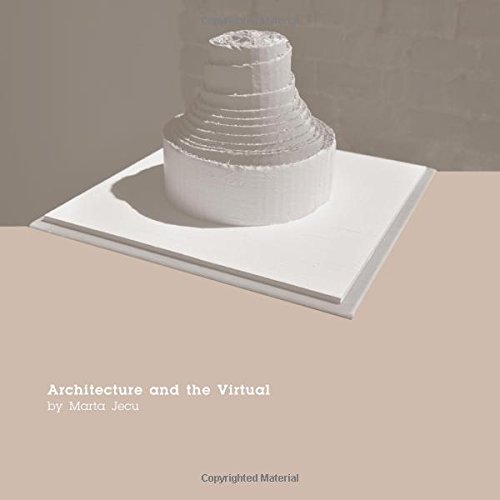
Architecture and the Virtual

Are the Kids All Right?
Epstein explores why sex sexuality and gender non-conformity is something that many writers and publishers of children's and young adult lit appear to shy away from. She demonstrates that the information children get from literature matters and that so called 'difficult' topics can be communicated in entertaining and informative ways.
Uses ideas from queer theory and other research to interrogate the ways LGBTQ characters are portrayed in books for children and young people and to analyse what messages readers of such books might receive.
Includes detailed analysis of over 60 picture books middle-grade books and young adult novels by authors such as Nancy Garden Julie Ann Peters Alex Sanchez David Levithan Lesléa Newman Marcus Ewart Cris Beam and many others.
This book brings together literary studies sociology queer studies and other academic fields in an accessible manner where the research supports the detailed analyses of over 50 books for children and young adults. Epstein looks at a range of topics such as the lack of diversity in many of these works how same-sex marriage is portrayed the relative absence of bisexual and transgender characters the way that many of these books are marketed and intended as 'issue books' and more.
A practical and informative book to inspire writers and publishers to produce better LGBTQ literature for young readers.

Arnold Wesker
This new collection will add significantly to the body of scholarship on this important dramatist. This is the first study of the whole body of Wesker’s work and will create new interest in this partly forgotten key figure in post-war British theatre.
A new study of Wesker’s work is overdue. The editors are recognized scholars in the field with a track record of publication on British theatre. An impressive list of contributors comprises important scholars of post-war theatre – including John Bull and Chris Megson – alongside practitioners such as Edward Bond and Pamela Howard who bring professional insights to bear.
Arnold Wesker was hailed in the press as ‘one of the great overlooked’ of British drama when he died in April 2016. Despite his pivotal engagement with the cultural politics of 1960s Britain and his international career only a fraction of Wesker’s dramatic output tends to be studied. He is still remembered and discussed as the author of The Trilogy three plays staged between 1958–60 that fail to reflect the daring aesthetics of his later work thereby perpetuating an incorrect image of a naturalist playwright.
This important new book aims to remedy the recent critical neglect of the dramatist building on existing scholarship and introducing new insights and perspectives. It examines the whole body of Wesker’s work for the first time including some of his non-dramatic work and considers it from a variety of perspectives. These include Wesker’s reception in Europe his Jewishness and his attitude to politics and to community. Significant use is made of material from the Arnold Wesker archive held by the Harry Ransom Humanities Research Center at the University of Texas at Austin USA.
It includes chapters on Wesker’s representation of and attitude towards women his relationship with his Jewish origins and identity and his role in establishing Centre 42 following his imprisonment for participation in the Aldermaston March in 1959. Centre 42 was initially a touring festival aimed at devolving art and culture from London to the other working class towns of Britain and arose from Resolution 42 of the 1960 Trades Union Congress which concerned the importance of arts in the community.
It will be of most interest to academics and scholars of post-war British theatre and to those teaching theatre and drama. It is accessible for a student readership at all undergraduate levels as well as postgraduates. It has potential for textbook and reading list use.
Wesker’s significance in British theatre history of the 1950s and 1960s means that the book may find readers amongst the informed general public.
